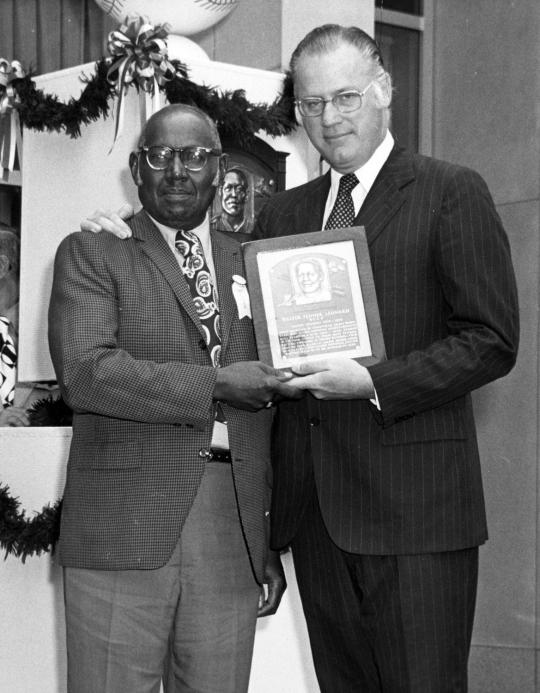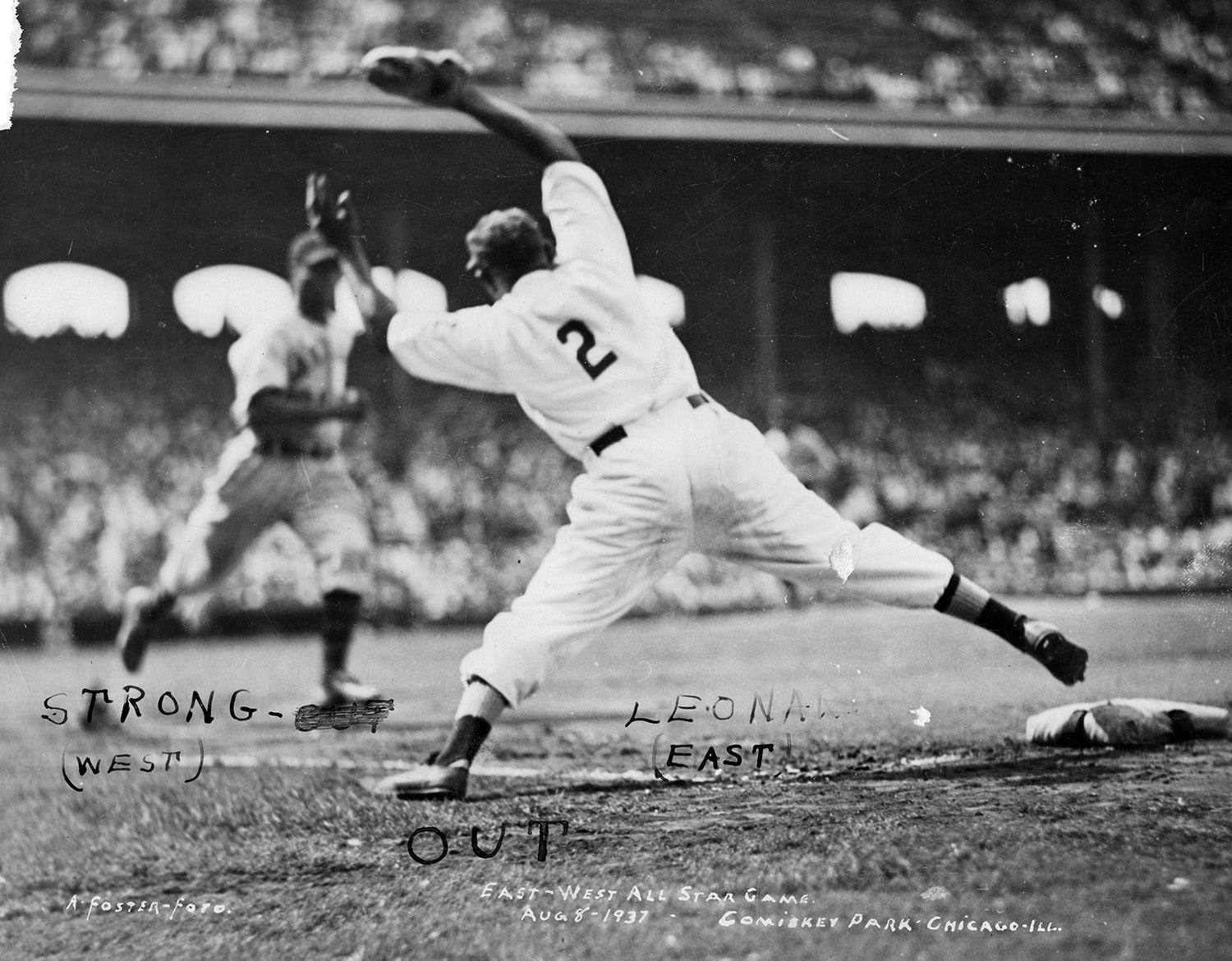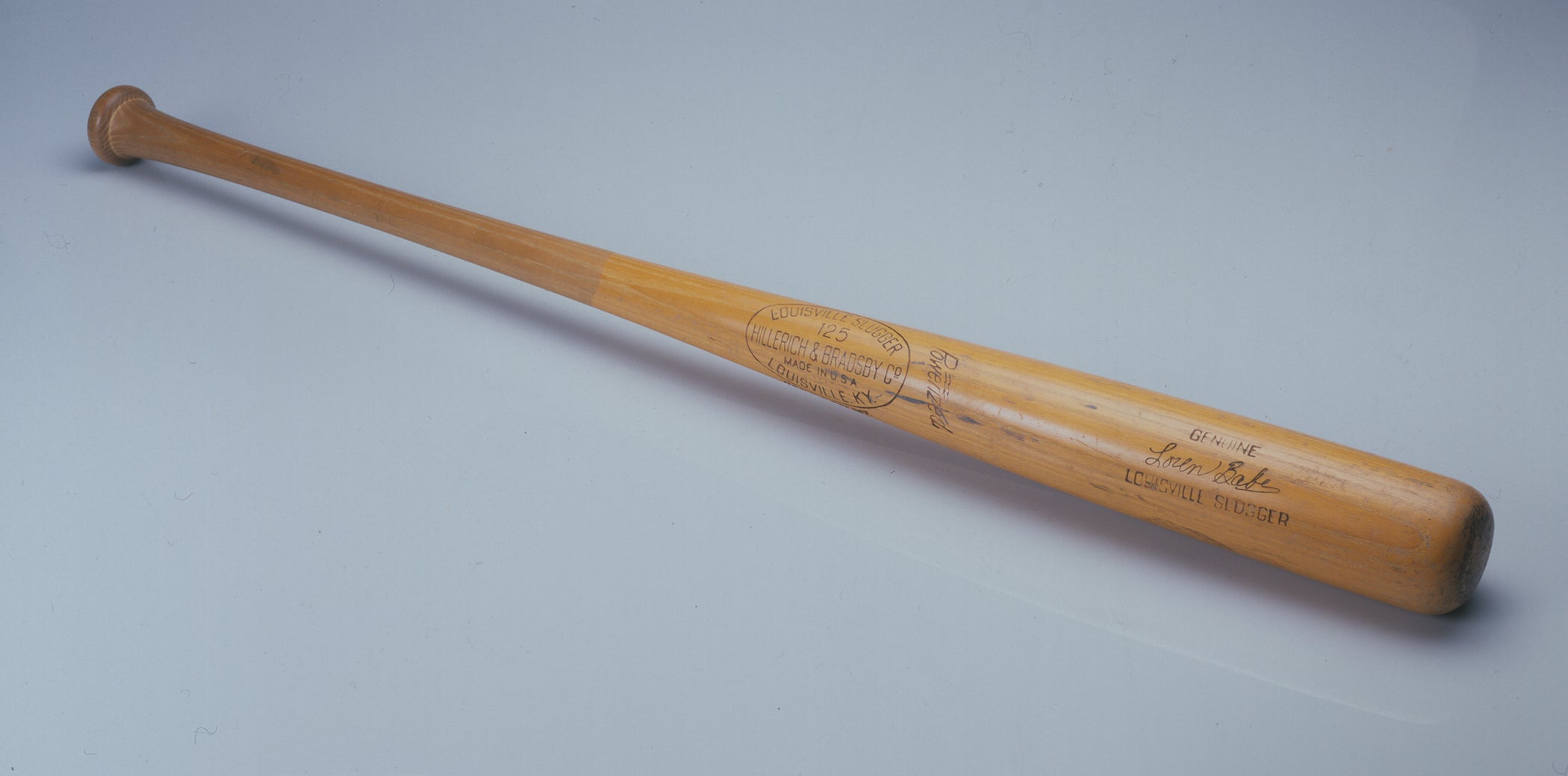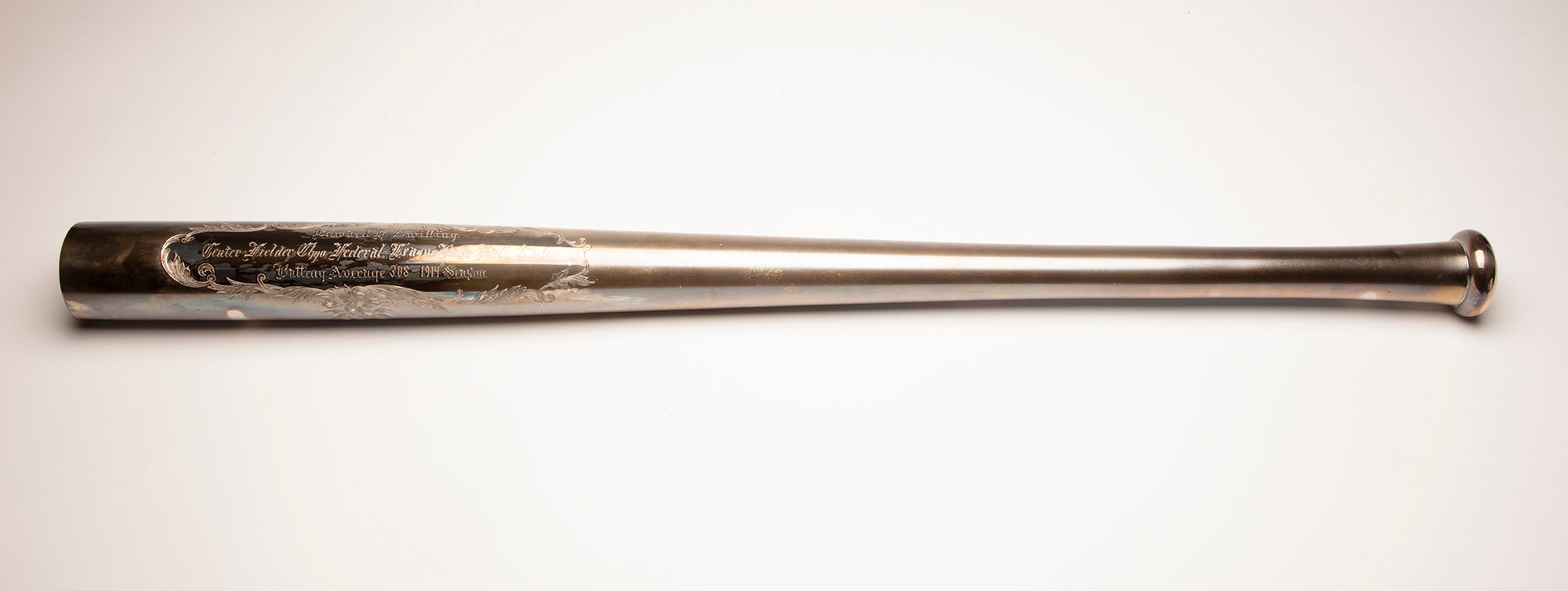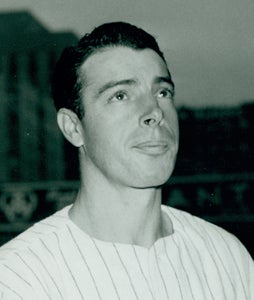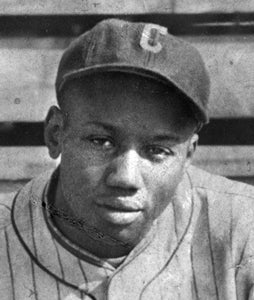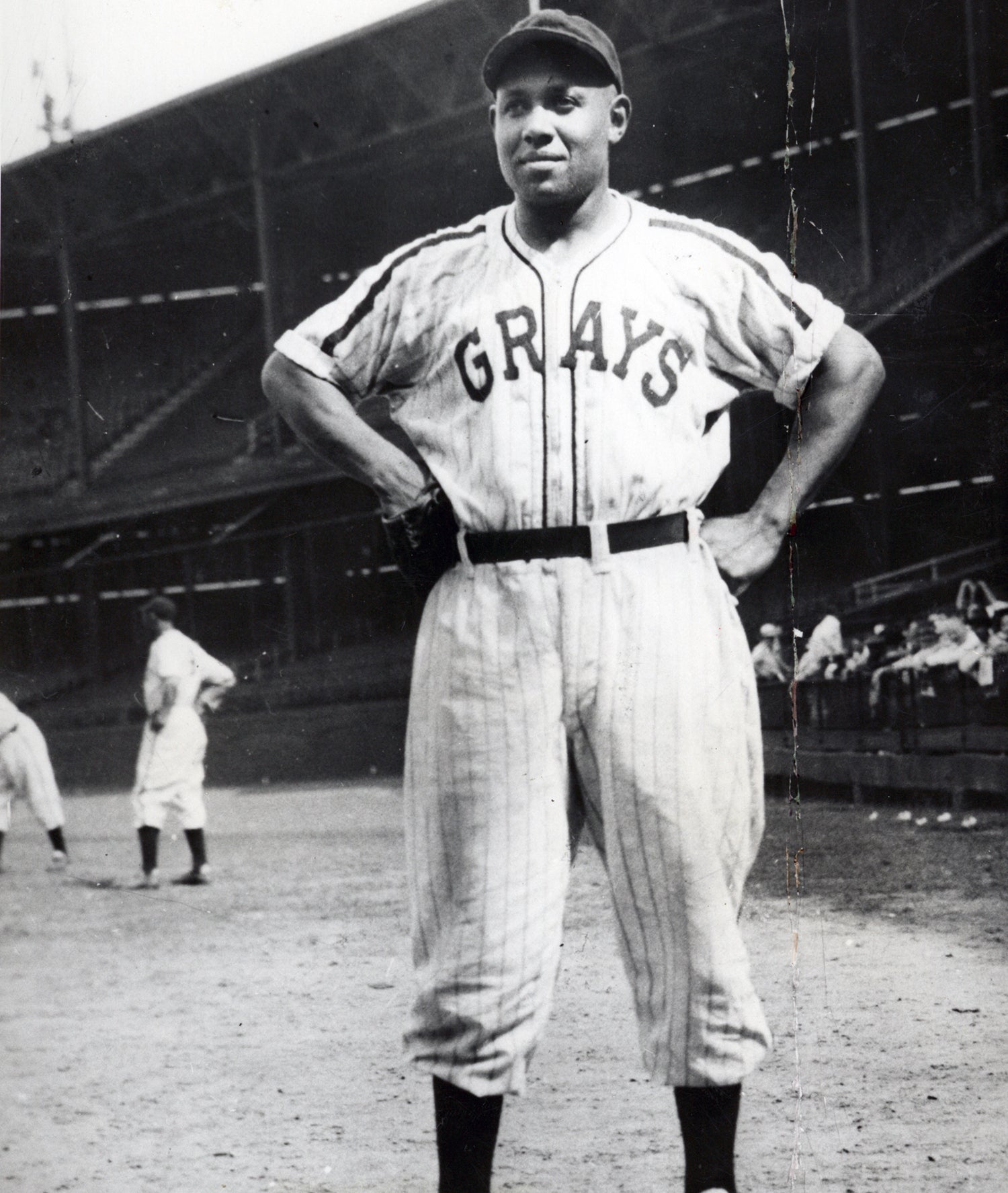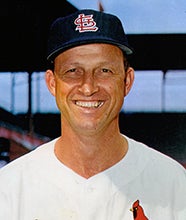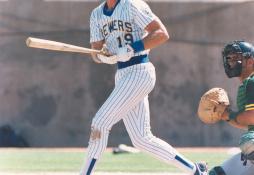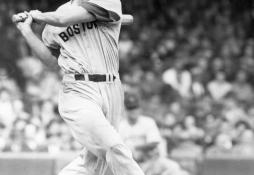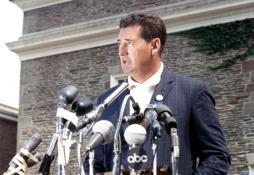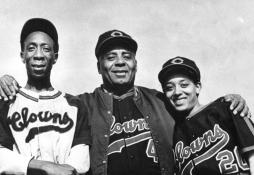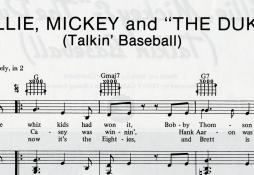- Home
- Our Stories
- #Shortstops: This Buck didn’t stop
#Shortstops: This Buck didn’t stop
Major League Baseball in the 1930s and 1940s often evokes the thought of dominant championship teams and dynasties, such as Joe DiMaggio’s New York Yankees and Stan Musial’s St. Louis Cardinals. With Major League Baseball’s 2020 announcement that seven Negro Leagues from 1920-1948 would be considered Major Leagues, another juggernaut enters the conversation: Buck Leonard and the Homestead Grays.
Hall of Fame Membership
There is no simpler, and more essential, way to demonstrate your support than to sign on as a Museum Member.
Be A Part of Something Greater
There are a few ways our supporters stay involved, from membership and mission support to golf and donor experiences. The greatest moments in baseball history can’t be preserved without your help. Join us today.
Players often become synonymous with the team they spend the most time with, and no Negro League player embodies this better than Buck Leonard. Leonard spent his entire 14-year Major League career with the Homestead Grays, the longest tenure for a player with a single team in Negro League history. Leonard’s time with Homestead ushered in an era of dominance for the club, leading them to nine Negro National League pennants and three Negro World Series victories between 1937 and 1948.
Leonard’s younger days were spent in and around his hometown of Rocky Mount, N.C. He worked many jobs starting at the age of 12, a consequence of his father’s death during the 1919 influenza epidemic and the local high school being restricted to whites only.
When Leonard had spare time from his day-job of installing brake cylinders on railcars, he would play semi-professional baseball with local teams.
Leonard eventually lost his job during the Great Depression, but he was good enough at baseball to make playing professionally a full-time job. His bad break in the job market would lead to great things, as he soon became the everyday first baseman of the Homestead Grays, based just outside of Pittsburgh, by the 1934 season.
Leonard’s offensive prowess brought the Grays to dominance during the height of the Negro Leagues. With his trusty Louisville Slugger, he would garner a franchise-leading 30.0 Wins Above Replacement as a position player and the franchise’s second-highest career batting average at .346, second only to Leonard’s “Thunder Twin,” legendary catcher Josh Gibson. Dave Barnhill, a Negro League pitcher, once said, “You could put a fastball in a shotgun and you couldn’t shoot it by him.”
Leonard’s ability to hit and field his position garnered him the utmost respect among players. But he never had the chance to play integrated professional baseball, as Leonard retired in 1955 after playing several seasons in the Mexican Leagues. Over 14 years, Leonard dominated the Negro Leagues and led one of the greatest teams of the 1940s to become champions, and he made enough of an impact to draw comparison to his better-known white contemporary Lou Gehrig.
But Leonard was more than just the “Black Lou Gehrig”. As Hall of Famer Monte Irvin once said, “Buck Leonard was the equal of any first baseman who ever lived.”
Nickolas Brandon is the 2023 collections intern in the Frank and Peggy Steele Internship Program for Leadership Development

